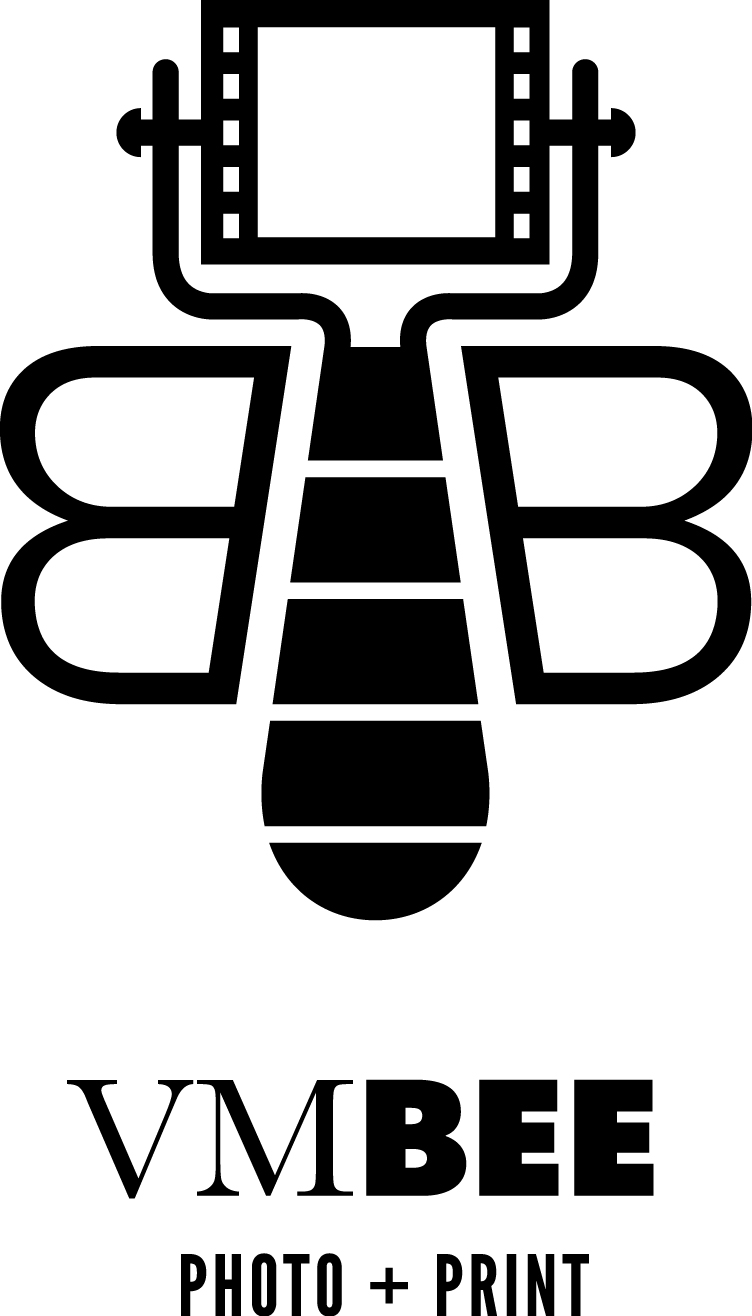press(v.)
I. Senses related to the physical exertion of pressure.
1. a. To act on (an object) with continuous force directed towards it by means of physical contact; to exert a steady force against (something touched) by weight, a fingertip, etc.; to subject to pressure; (also) to crush. To press the button. b. To exert pressure; to bear with weight or force on, upon, or against. c. To torture or execute (a person) by means of peine forte et dure. To press to death. d. To squeeze or hold (a person, a person’s hand, etc.) as a sign of affection; to hold lovingly to or against oneself. e. to press (the) flesh: to shake hands; to greet by physical contact. Now esp. in reference to people campaigning for political office.
2. To apply pressure to (something). a. To subject to pressure so as to reduce a particular shape, consistency, smoothness, thinness, or bulk, or so as to extract juice, etc., from; to compress, squeeze. b. To smooth or flatten (fabric or clothes) with an iron or clothes press; to iron. c. To flatten & dry (leaves, flowers, etc.) in order to preserve them. d. To manufacture (a gramophone record) by moulding under pressure. Hence: to make or issue (a sound recording). Also with up.
3. To extract pressure; to express; to squeeze (liquid, juice, etc.) from or out of something.
4. To cause to move in a particular direction, or into a certain position, by pressure of contact; to push, drive, or thrust down, forward, into, etc.
5. To print.
[definition from the Oxford English Dictionary]
